Point结构体
//C语言写法
typedef struct point{
float x;
float y;
}Point;
Point a;
a.x = 1;
a.y = 2;
//const表示p指向的对象里的值不能由p指针修改
void print(const Point* p){
printf("%d %d\n", p -> x, p -> y);
}
print(&a);
//想实现点的移动,move(dx, dy)?
//要修改Point中的值,所以不加const
void move(Point* p, int dx, int dy){
p -> x += dx;
p -> y += dy;
}Prototypes-原型
typedef struct point{
float x;
float y;
}Point;
void print(const Point*p);
void move(Point* p, int dx, int dy);Usage
Point a;
Point b;
a.x = b.x = 1;
a.y = b.y = 1;
move(&a, 2, 2);
print(&a);
print(&b);//c++写法,可以不写typedef。struct后面的是结构体的名字
//可以直接Point a;
struct Point{
int x;
int y;
void print(); //声明,不产生实体,不会被编译出代码
};
//结构体内的print,成员函数
void Point::print(){
//x,y就是成员变量,不用写成p -> x
//printf("%d %d", x, y);
cout << x << " " << y << endl;
}
//自由函数,struct里的print是成员函数
void print(const Point* p){
//printf("%d %d\n", p -> x, p -> y);
cout << p -> x << " " << p -> y << endl;
}
int main(){
Point a;
Point b;
a.x = 1; a.y = 1;
b.x = 3; b.y = 4;
a.print();//a这个对象做了能做的动作
b.print();//成员函数
print(&a);//自由函数
moce(&a, 10, 20);
print(&a);
}//修改Point::print()
void Point::print(){
//x,y就是成员变量,不用写成p -> x
//printf("%d %d", x, y);
cout << this <<endl;
cout << this -> x << " " << this -> y << endl;
}
/*
this是关键字,相当于指向当前对象的指针
a.print()相当于Point::print(&a),把a的地址取出,交给Point的print函数执行
在自己的参数前编译器会加上一个隐藏的参数Point* this.可以在成员函数中直接用,
编译器为自动为非本地变量和非全局变量加上this,使得编译通过
*/C++ version
class Point{
public:
void init(int x, int y);
void move(int dx, int dy) const;
void print() const;
private:
int x;
int y;
};//错误版本
void Point::init(int x, int y){
x = x;//这个不能把参数x赋值给成员变量x,这里的x都是局部变量x,不是成员变量x
y = y;
}
//正确版本
void Point::init(int x, int y){
this -> x = x;//这个不能把参数x赋值给成员变量x,这里的x都是局部变量x,不是成员变量x
this -> y = y;
}:: —— resolver(域解析器)
<Class Name>::<function name>
::<function name>
void S::f(){
::f();//Would be recursive otherwise!
//如果::前没有任何东西,表明全局,调用的是全局的f()
//如果没有f(),就是递归调用自己
::a++;//Select the global a,全局变量a
a--;//The a at class scope,f函数内部没有本地变量a,所以应该是对应的对象的成员变量a
}C VS C++
//C语言版本
typedef struct point {
float x;
float y;
} Point;
void print(const Point* p);
void move(Point* p,int dx,
int dy);
Point a;
a.x = 1; a.y = 2;
move(&a,2,2);
print(&a);
//C++版本
class Point {
public:
void init(int x,int y);
void print() const;
void move(int dx,int dy);
private:
int x;
int y;
} ;
Point a;
a.init(1,2);
a.move(2,2);
a.print();1、C++把函数放进了结构内部
2、C语言需要显示参数,表示指向结构的指针;C++有隐式的指针this
3、C++中可以用this表明这个函数正在操作的结构体
4、C++中调用函数时,使用对象.函数的方式
To call the functions in a class 调用函数
Point a;
a.move(10,10);
/*There is a relationship with the function be called and
the variable to call it.
The function itself knows it is doing something w/ the
variable.
*/this: the hidden parameter
隐藏参数
//• this is a hidden parameter for all member
//functions, with the type of the struct
void Point::move(int dx, int dy);
//➔ (can be regarded as)
void Point::move(Point* this, int dx, int dy)
//• To call the function, you must specify a variable
//Point a;
a.x = 0; a.y = 0;
a.move(10, 10);
//➔ (can be regarded as)
Point::move(&a, 10, 10);this.cpp
#include <iostream>
using namespace std;
struct Stu{
int i;
void f();
}
void Stu::f(){
cout << "Inside Stu::f(), this" << this << endl;
}
int mai(){
Stu stu;
cout << "Inside main(), &stu" << &stu << endl;
stu.f();
return 0;
}
/*
输出的两个都是stu的地址
*/Integer.h
#ifndef _INTEGER_HEAD_
#define _INTEGER_HEAD_
struct Integer{
int i;
void init(int i);
Integer* bigger(Integer* r);
};
#endifInteger.cpp
#incldue "Integer.h"
//Integer::init是完整名称,所以void写在前
void Integer::init(int i){
this -> i = i;
}
//返回值i更大的Integer的指针
Integer* Integer::bigger(Integer* r){
if(r -> i > i){ //后一个i是this的i
return r;
}else{
return this;
}
}Objects = Attributes + Services 对象=属性+服务
• Data: the properties or status 用数据表明属性和状态
• Operations: the functions 对象对外提供的服务,服务过程中可能数据会改变
只有通过服务才能得知data内容或对data进行操作
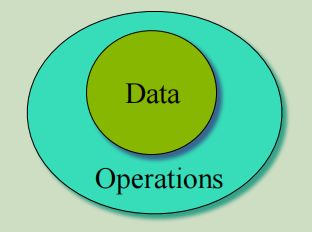
Objects
• In C++, an object is just a variable, and the purest
definition(纯粹的定义) is “a region of storage”.
• The struct variables mentioned before are just
objects in C++.
Ticket Machine 售票机
• Ticket machines print a ticket when a customer inserts the correct money for their fare.
• Our ticket machines work by customers ‘inserting’ money into them, and then requesting a ticket to be
printed. A machine keeps a running total of the amount
of money it has collected throughout its operation.
这是面向过程的思维方式
面向对象的思维方式

左边是数据,右边是服务
prompt提示
balance余额
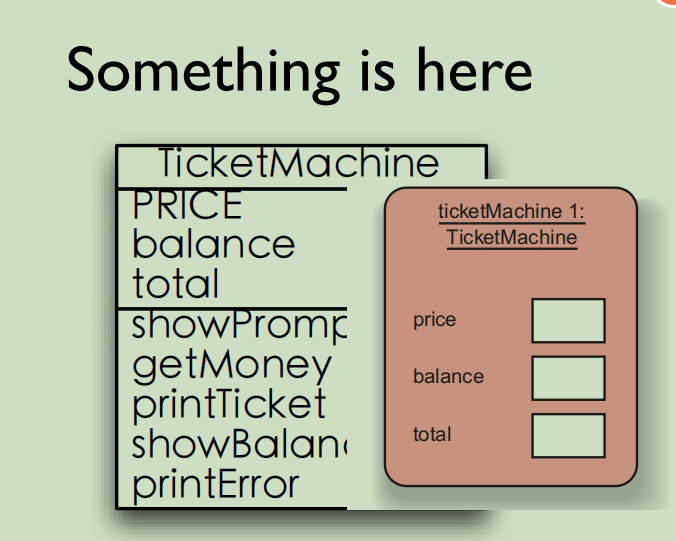
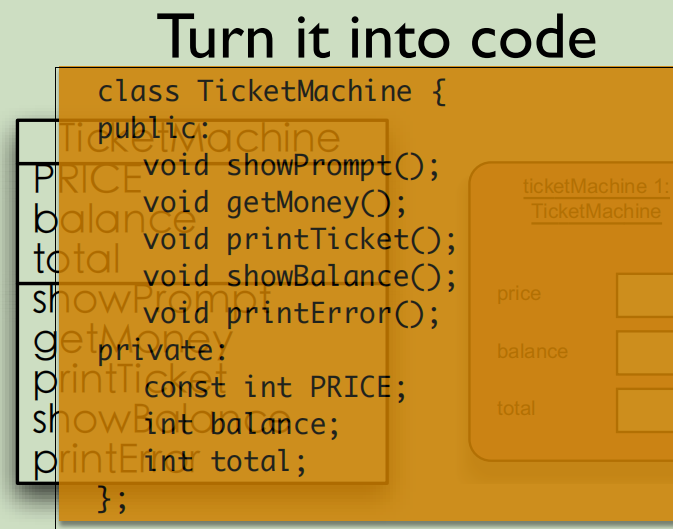
Object vs. Class
• Objects (cat)
• Represent things, events, or concepts
• Respond to messages at run-time
• Classes (cat class)
• Define properties of instances
• Act like types in C++
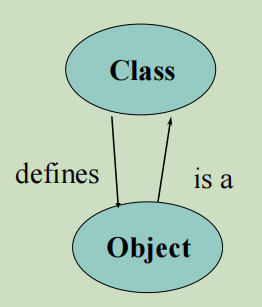
OOP Characteristics
1.Everything is an object. 一切皆为对象
2.A program is a bunch of objects telling each other what to do by sending messages. 程序是一堆对象,通过发送消息互相告知做什么。不是how to do。强调程序的自主性
3.Each object has its own memory made up of other objects. 每个对象有他自己的内存,这个内存里有其他的对象 。
4.Every object has a type. 每个对象有一个类型。
5.All objects of a particular type can receive the same messages. 属于同一个特定类型的对象可以接收相同类型的消息——逆否也对:接收不同类型消息的对象属于不同的类型
Point::init()
class Point{
public:
void init(int x, int y);
void print() const;
void move(int dx, int dy);
private:
int x;
int y;
};
Point a;
a.init(1, 2);
a.move(2, 2);
a.print();构造函数
class Point{
public:
Point();
void print() const;
void move(int dx, int dy);
private:
int x;
int y;
};
Point::Point(){
cout << "Point!!" << endl;
this -> x = 0;
this -> y = 0;
}
int main(){
Point a;
cout << "------------" << endl;
Point b;
cout << &a << endl;
a.print();
b.print();
a.move(2, 2);
a.print();
return 0;
}
//打印出了两次Point(),说明每次创建对象就会调用构造函数有参构造函数
class Point{
public:
Point(int x, int y);
private:
int x;
int y;
};
Point::Point(int x, int y){
cout << "Point!!" << endl;
this -> x = x;
this -> y = y;
}
int main(){
Point a(1, 2);
}1、构造函数没有返回类型
2、对象被创建时调用构造函数
3、分为无参构造函数和有参构造函数

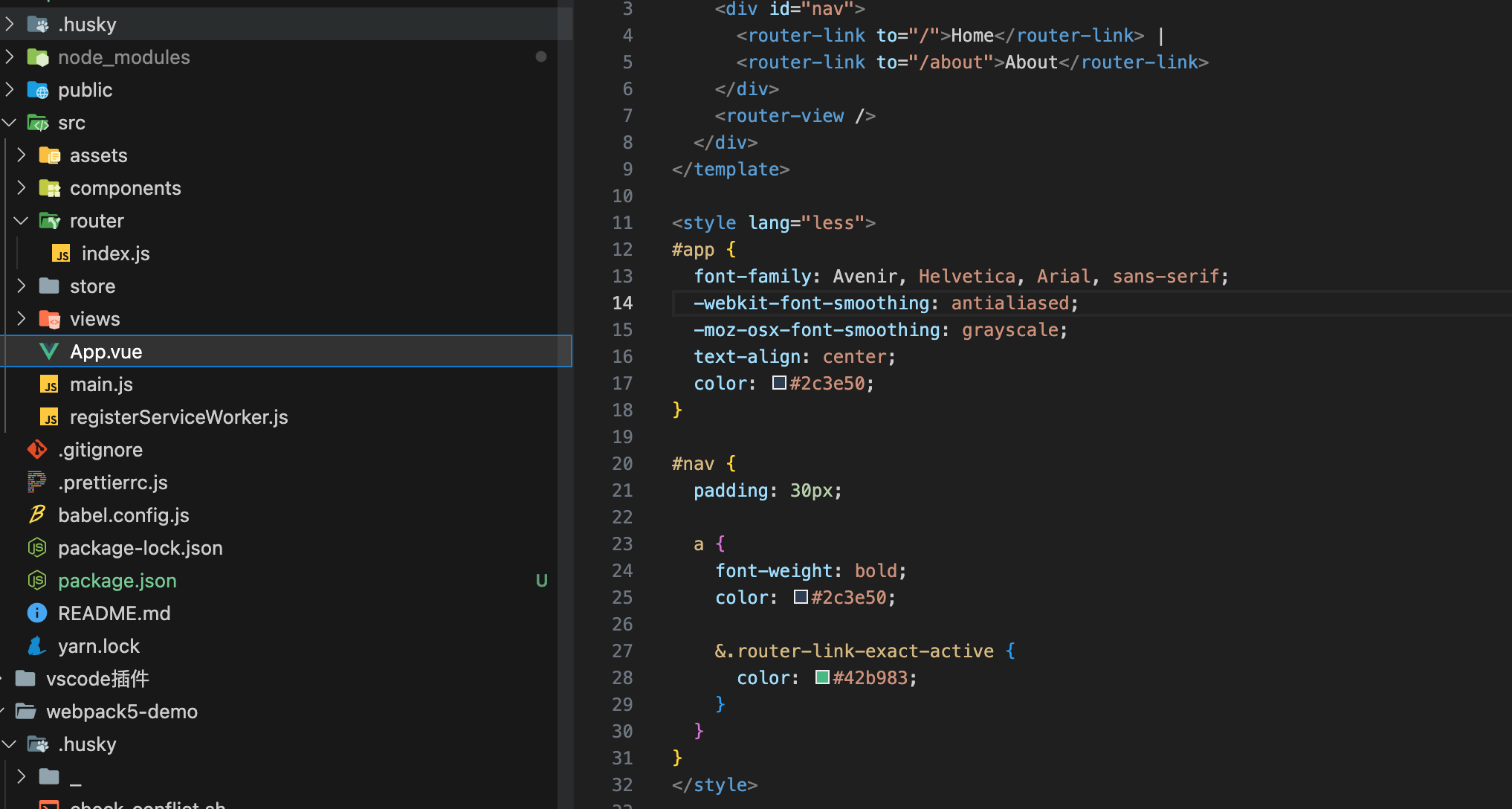



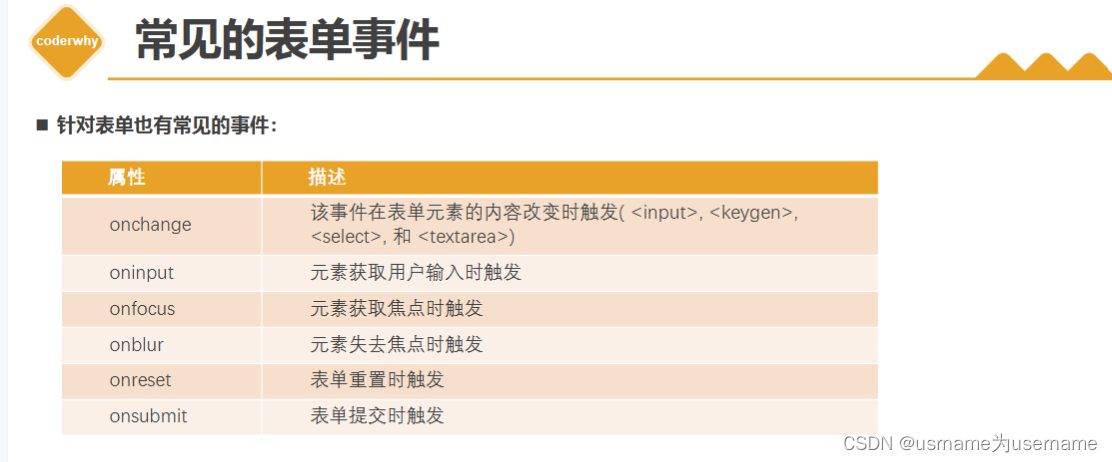




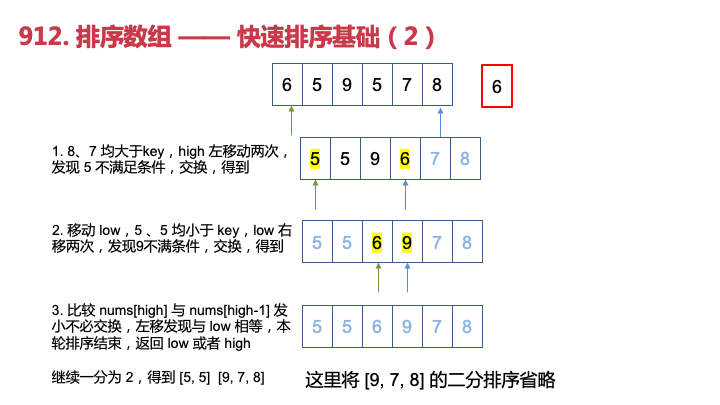
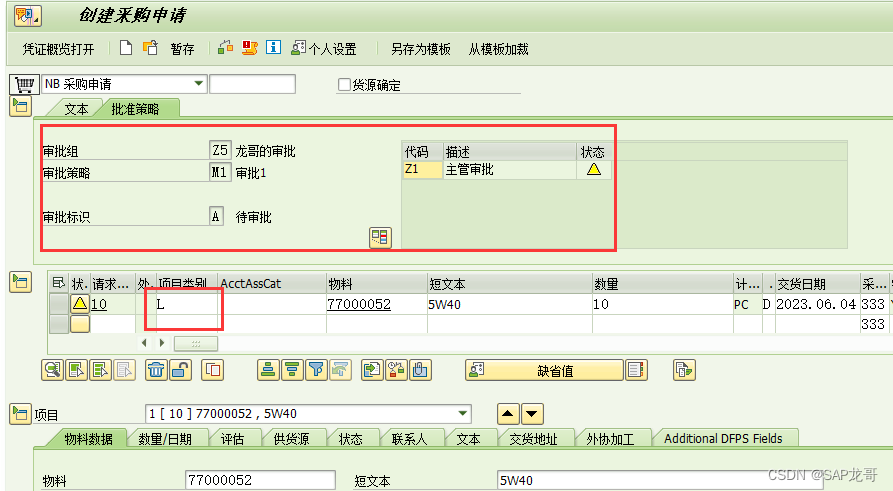

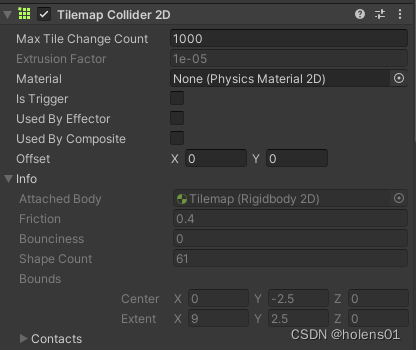


![[极客大挑战 2019]PHP1](https://img-blog.csdnimg.cn/img_convert/ab42769906d3495fb599cd71c10f2fa4.png)